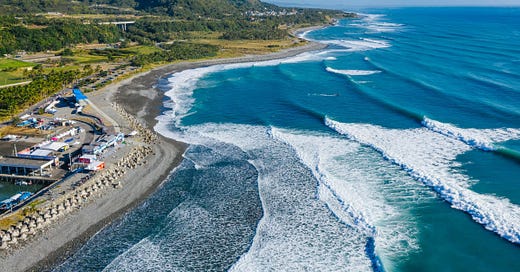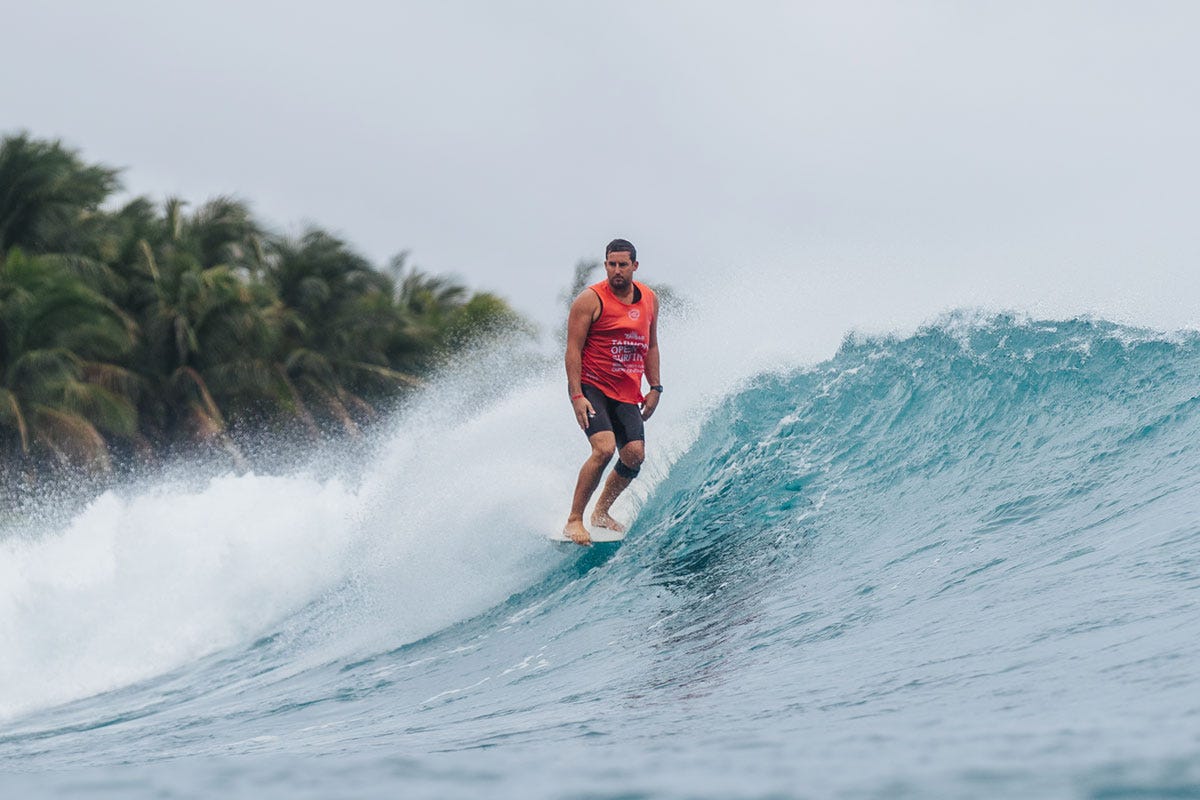Tuesday SpotCheck: Taiwan
User-friendly, quality uncrowded waves, friendly locals and a fascinating culture.
An Undiscovered Gem
Until very recently Taiwan was one of surfing’s best-kept secrets. The classy mix of beachbreaks, rivermouths and points set against the backdrop of lush, tropical mountains were only surfed by some dedicated locals, servicemen based there and intrepid adventurers who could keep their mouths shut. Even now I know of a select group of ex-Sutherland Shire surfers who make an annual pilgrimage and refrain from posting their exploits on Facebook. And yes, with an average age of 50, Facebook remains their favourite platform. It is incredible to think that an island with a population of 23 million just off the East Coast of China could remain so off the radar.
However, surfers tend to have two types of secrets; ones that are too good to keep, or not worth keeping at all. Taiwan fell into the former and with the great waves and warm water (Taiwan sits at the same latitude as Hawaii and you surf in boardshorts and bikinis, or both)) coming with an incredible mix of Chinese and Japanese culture and amazing food, word soon got out. More recently a push by the country’s tourism board has seen the surfing hub of Jinzun Harbour hosting both the World Junior and Open Longboard World Championships, as well as elite qualifying series events.
However, despite the influx of surfers and worldwide interest Taiwan still boasts a unique surf holiday based on user-friendly, uncrowded waves, friendly locals and fascinating culture. The rivermouths, boulder-lined beaches and reeling points offer everything for every level of surfer. The sparsely populated, wave-rich east coast is also as beautiful as the surf is good. I’d advise you to hot-foot it to Taiwan before the word really gets out.
Prime Time
The East Coast offers the best waves and a scenic highway from which to access them. The best time to surf is between November to March when the coast catches the swell from the Northern Hemisphere’s winter storms. Yilan and Hualian in the northeast are open to a wide swell angle from the Pacific and work with the smallest swells. Paishawan is also consistent in the winter with north swells and is usually offshore. The winds tend to be usually light and often offshore grooming the long fetch lines into great waves at all the varied setups.
Best Waves
Jin Shan - also known as Green Bay or Golden Mountain is a popular summer break with waves for beginners and a beach party vibe.
Bashien Dong lefts - long, boulder-lined point break that lines up great walling lefts on big NE swells and NW winds.
Donghe Rivermouth - a swell-magnet that picks up all available seasonal swell which the shifting, river-sculpted sandbars turn into long walls and the odd barrel section.
Jialeshuei - one of Taiwan’s most reliable waves, with a range of waves on the beach for surfers of all abilities, usually best nearest the rivermouth.
Jinzun Harbour - the reliable host of WSL surfing competitions has a consistent righthand point breaking in most swells and handling all sizes.
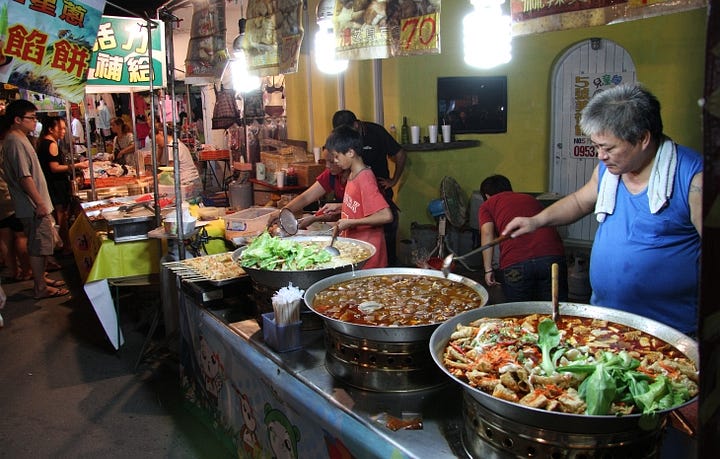
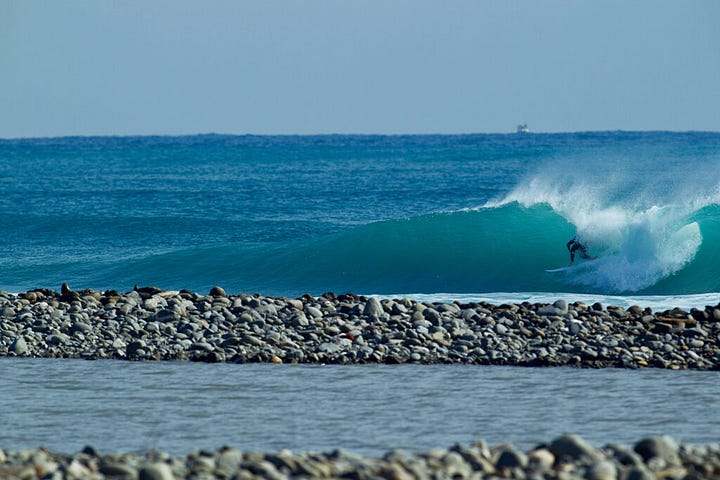
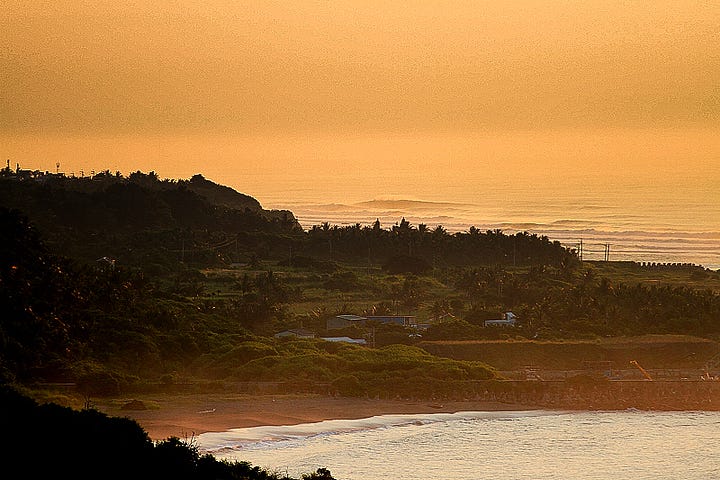

Degree of Difficulty
While the pros have recently shown what can be done in the quality waves around Jinzun Harbour, Taiwan is more known for its forgiving points and fun beachbreaks rather than its heaving slabs or powerful reefs. All level of surfers on all levels of craft can expect to enjoy themselves, although on the big swells meaty barrels can be found for the brave.
Do’s
Do remove your shoes when entering someone’s house.
Try to coincide your trip with the Chinese New Year, towards the end of January or the start of February. The Lantern Festival and other celebrations are a must.
Bring wet weather gear as cloudless blue skies can turn to torrential downpours in a flash.
Bring a fish, fun board or longboard, as some of the mellow waves are perfect for these.
Do explore; the neon-lit metropolis and nightlife of Taipei and the hot springs, tea plantation and mountains on the East Coast offer incredible contrasting experiences.
Don’ts
Don’t get a visa as you can stay here for 90 days without one.
Don’t try and get a bullet train with a surfboard, they aren’t allowed.
Don’t expect to party too hard. The East Coast retains a laid-back, countryside atmosphere filled with rice paddies, fish farms, temples and small towns.
Getting There
Fly to Taiwan’s Taoyuan International Airport, about 50km southwest of the capital Taipei. However, a stopover at either Hong Kong or Bangkok is often required.
Getting Around
Hiring a car is an option, although we recommend using tested operators, such as Taiwan Surf Adventures, who will not only provide bed and breakfast but guided transport to the best waves. With all road signs in Chinese and many waves located down hidden roads, a trusted driver could save you days and up your wave count ten-fold.

